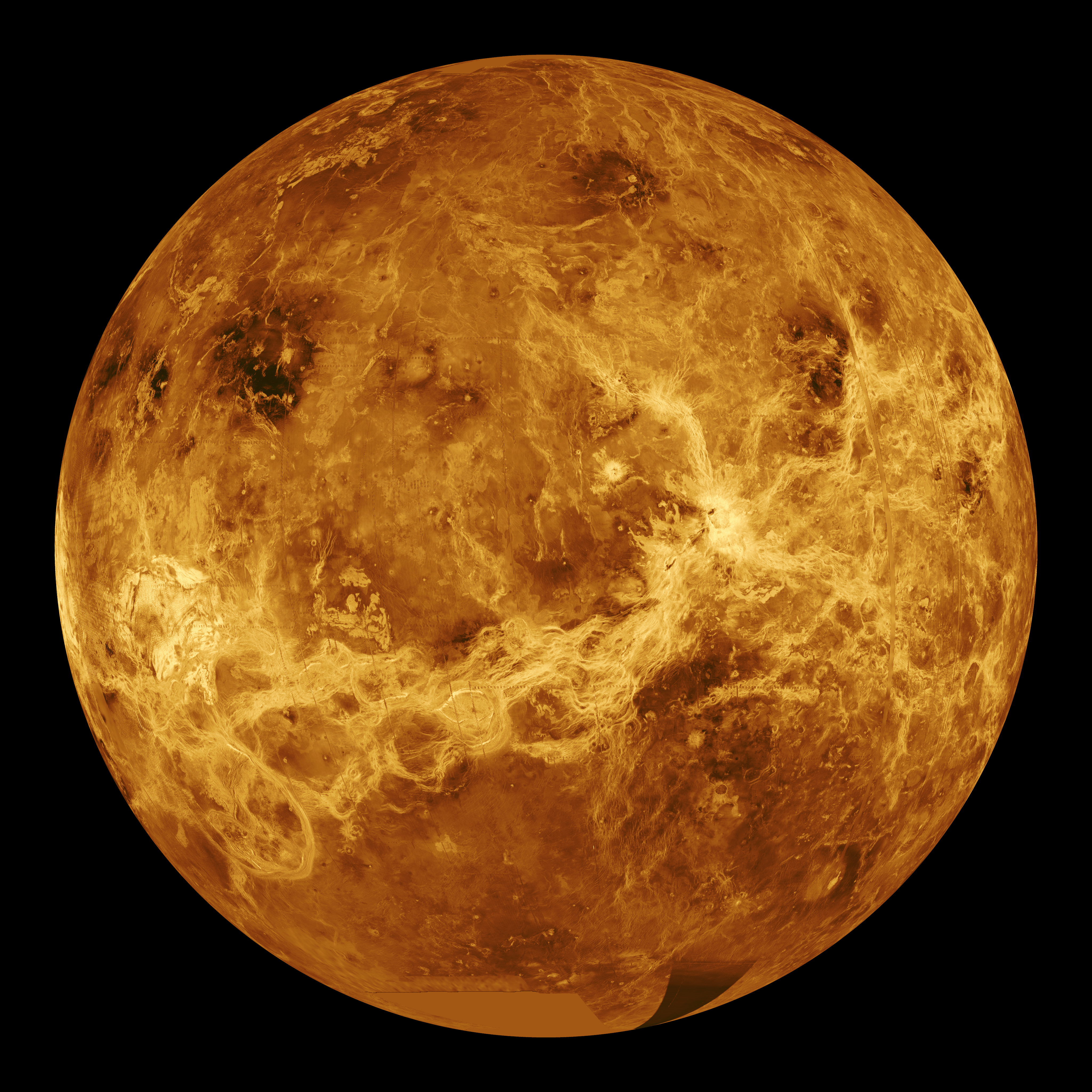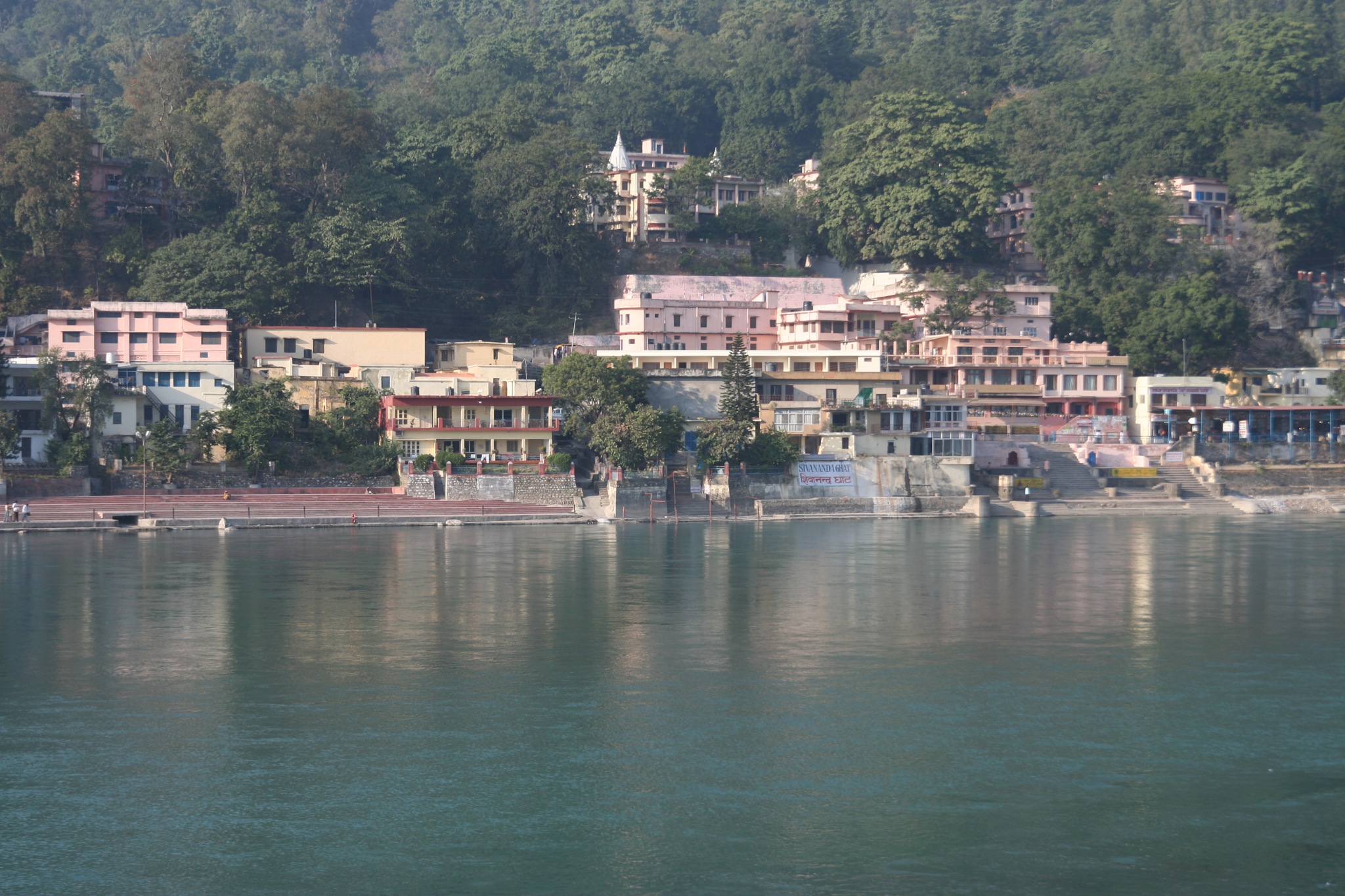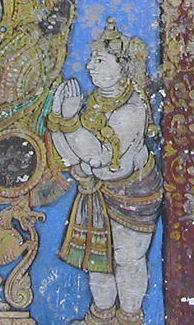|
Narasimha Jayanti
Narasimha Jayanti () is a Hindu festival that is celebrated on the fourteenth day of the Hindu month of Vaisakha. Hindus regard it to be the date the deity Vishnu assumed his Narasimha avatara to vanquish the oppressive asura-king, Hiranyakashipu. Legend In Hindu mythology, Hiranyakashipu was the first wicked incarnation of Jaya, one of the two doorkeepers of Vishnu's abode of Vaikuntha. After being cursed by the Four Kumaras, along with his brother, Vijaya, he chose to be born as an enemy of Vishnu thrice, rather than as a devotee of the deity seven times. After the death of his brother, Hiranyaksha, at the hands of Varaha, the third avatara of Vishnu, Hiranyakashipu swore revenge. The king performed a severe penance to propitiate the creator deity, Brahma, until the latter appeared to grant him a boon. The asura desired the inability to be slain neither inside his house nor outside, by day nor night, by any weapon, neither on the ground nor in the sky, by neither men n ... [...More Info...] [...Related Items...] OR: [Wikipedia] [Google] [Baidu] |
Hindus
Hindus (; ) are people who religiously adhere to Hinduism.Jeffery D. Long (2007), A Vision for Hinduism, IB Tauris, , pages 35–37 Historically, the term has also been used as a geographical, cultural, and later religious identifier for people living in the Indian subcontinent. The term ''"Hindu"'' traces back to Old Persian which derived these names from the Sanskrit name ''Sindhu'' (सिन्धु ), referring to the river Indus. The Greek cognates of the same terms are "''Indus''" (for the river) and "''India''" (for the land of the river). The term "''Hindu''" also implied a geographic, ethnic or cultural identifier for people living in the Indian subcontinent around or beyond the Sindhu (Indus) River. By the 16th century CE, the term began to refer to residents of the subcontinent who were not Turkic or Muslims. Hindoo is an archaic spelling variant, whose use today is considered derogatory. The historical development of Hindu self-identity within the local In ... [...More Info...] [...Related Items...] OR: [Wikipedia] [Google] [Baidu] |
Brahma
Brahma ( sa, ब्रह्मा, Brahmā) is a Hindu god, referred to as "the Creator" within the Trimurti, the trinity of supreme divinity that includes Vishnu, and Shiva.Jan Gonda (1969)The Hindu Trinity Anthropos, Bd 63/64, H 1/2, pp. 212–226. He is associated with creation, knowledge, and the '' Vedas''. Brahma is prominently mentioned in creation legends. In some '' Puranas'', he created himself in a golden embryo known as the Hiranyagarbha. Brahma is frequently identified with the Vedic god Prajapati.;David Leeming (2005), The Oxford Companion to World Mythology, Oxford University Press, , page 54, Quote: "Especially in the Vedanta Hindu Philosophy, Brahman is the Absolute. In the Upanishads, Brahman becomes the eternal first cause, present everywhere and nowhere, always and never. Brahman can be incarnated in Brahma, in Vishnu, in Shiva. To put it another way, everything that is, owes its existence to Brahman. In this sense, Hinduism is ultimately monotheisti ... [...More Info...] [...Related Items...] OR: [Wikipedia] [Google] [Baidu] |
Padma Purana
The ''Padma Purana'' ( sa, पद्मपुराण or पाद्मपुराण, or ) is one of the eighteen Major Puranas, a genre of texts in Hinduism. It is an encyclopedic text, named after the lotus in which creator god Brahma appeared, and includes large sections dedicated to Vishnu, as well as significant sections on Shiva and Shakti. The manuscripts of Padma Purana have survived into the modern era in numerous versions, of which two are major and significantly different, one traced to eastern and the other to western regions of India. It is one of the voluminous text, claiming to have 55,000 verses, with the actual surviving manuscripts showing about 50,000. The style of composition and textual arrangement suggest that it is likely a compilation of different parts written in different era by different authors. The text includes sections on cosmology, mythology, genealogy, geography, rivers and seasons, temples and pilgrimage to numerous sites in India � ... [...More Info...] [...Related Items...] OR: [Wikipedia] [Google] [Baidu] |
Vayu
Vayu (, sa, वायु, ), also known as Vata and Pavana, is the Hindu god of the winds as well as the divine massenger of the gods. In the '' Vedic scriptures'', Vayu is an important deity and is closely associated with Indra, the king of gods. He is mentioned to be born from the breath of Supreme Being Vishvapurusha and also the first one to drink Soma. The ''Upanishads'' praise him as ''Prana'' or 'life breath of the world'. In the later Hindu scriptures, he is described as a Dikpala (guardians of the direction), who looks over the North-west direction. The Hindu epics describe him as the father of the god Hanuman and Bhima.https://books.google.co.in/books?id=1HMXN9h6WX0C&q=Indra+wife&pg=RA1-PA260&redir_esc=y#v=snippet&q=Vayu&f=false The followers of the 13th-century saint Madhva believe their guru as an incarnation of Vayu. They worship the wind deity as Mukhyaprana and consider him as the son of the god Vishnu. Connotations The word for air (''vāyu'') or wind ... [...More Info...] [...Related Items...] OR: [Wikipedia] [Google] [Baidu] |
Trishula
The ''trishula'' () is a trident, a divine symbol, commonly used as one of the principal symbols in Hinduism. In Nepal and Thailand, the term also often refers to a short-handled weapon which may be mounted on a ''daṇḍa'' "staff". Unlike the Okinawan sai, the ''trishula'' is often bladed. In Indonesian, ''trisula'' usually refers specifically to a long-handled trident, while the diminutive version is more commonly known as a ''cabang'' or '' tekpi''. Etymology The name ''trishula'' ultimately derives from the Sanskrit word त्रिशूल (triśūla), from त्रि (trí), meaning "three", and शूल (śū́la), meaning "a sharp iron pin or stake", referring in this case to the weapon's three prongs. Symbolism File:Trishool A4.svg, Shiva's ''trishula'' with damaru File:Trishula.svg, ''Trishula'' details The ''trishula'' symbolism is polyvalent and rich. It is wielded by the god Shiva and is said to have been used to sever the original head of Ganes ... [...More Info...] [...Related Items...] OR: [Wikipedia] [Google] [Baidu] |
Vaishnavism
Vaishnavism ( sa, वैष्णवसम्प्रदायः, Vaiṣṇavasampradāyaḥ) is one of the major Hindu denominations along with Shaivism, Shaktism, and Smartism. It is also called Vishnuism since it considers Vishnu as the sole Para Brahman, supreme being leading all other Hindu deities, i.e. ''Mahavishnu''. Its followers are called Vaishnavites or ''Vaishnava''s (), and it includes sub-sects like Krishnaism and Ramaism, which consider Krishna and Rama as the supreme beings respectively. According to a 2010 estimate by Johnson and Grim, Vaishnavism is the largest Hindu sect, constituting about 641 million or 67.6% of Hindus. The ancient emergence of Vaishnavism is unclear, and broadly hypothesized as a History of Hinduism, fusion of various regional non-Vedic religions with Vishnu. A merger of several popular non-Vedic theistic traditions, particularly the Bhagavata cults of Vāsudeva, Vāsudeva-krishna and ''Gopala-Krishna, Gopala-Krishna'', and Narayana, ... [...More Info...] [...Related Items...] OR: [Wikipedia] [Google] [Baidu] |
Shukra
Shukra (Sanskrit: शुक्र, IAST: ) is a Sanskrit word that means "clear" or "bright". It also has other meanings, such as the name of an ancient lineage of sages who counselled Asuras in Vedic history. In medieval mythology and Hindu astrology, the term refers to the planet Venus, one of the Navagrahas. Hinduism In Hinduism, Shukra is one of the sons of Bhrigu, of the third Manu, one of the ''saptarishis''. He was the guru of Daityas and Asuras, and is also referred to as Shukracharya or Asuracharya in various Hindu texts. In another account found in the ''Mahabharata'', Shukra divided himself into two, one half becoming the fount of knowledge for the devas (gods) and the other half being the knowledge source of the asuras (demons). Shukra, in the Puranas, is blessed by Shiva with Sanjeevini Vidhya after worshipping and impressing Shiva with his devotion. Sanjeevini Vidhya is the knowledge that raises the dead back to life, which he used from time to time to re ... [...More Info...] [...Related Items...] OR: [Wikipedia] [Google] [Baidu] |
Ashram
An ashram ( sa, आश्रम, ) is a spiritual hermitage or a monastery in Indian religions. Etymology The Sanskrit noun is a thematic nominal derivative from the root 'toil' (< PIE *''ḱremh2'') with the prefix 'towards.' An ashram is a place where one strives towards a goal in a disciplined manner. Such a goal could be , spiritual, yogic or any other. Overview [...More Info...] [...Related Items...] OR: [Wikipedia] [Google] [Baidu] |
Narada
Narada ( sa, नारद, ), or Narada Muni, is a sage divinity, famous in Hindu traditions as a travelling musician and storyteller, who carries news and enlightening wisdom. He is one of mind-created children of Brahma, the creator god. He appears in a number of Hindu texts, notably the Mahabharata, regaling Yudhishthira with the story of Prahalada and the Ramayana as well as tales in the Puranas. A common theme in Vaishnavism is the accompaniment of a number of lesser deities such as Narada to offer aid to Vishnu upon his descent to earth to combat the forces of evil, or enjoy a close view of epochal events. He is also referred to as ''Rishiraja'', meaning the king of all sages. He was gifted with the boon of knowledge regarding the past, present, and the future. Hinduism In Indian texts, Narada travels to distant worlds and realms (Sanskrit: ''lokas''). He is depicted carrying a khartal (musical instrument) and the veena, and is generally regarded as one of the great ... [...More Info...] [...Related Items...] OR: [Wikipedia] [Google] [Baidu] |
Prahlada
Prahlada () is an asura king in Hindu mythology. He is known for his staunch devotion towards the preserver deity, Vishnu. He appears in the narrative of Narasimha, the man-lion avatar of Vishnu, who rescues Prahlada by slaying his wicked father, Hiranyakashipu. Prahlada is described as a saintly boy, known for his innocence and bhakti to Vishnu. Despite the abusive nature of his father, Hiranyakashipu, he continues to worship Vishnu. He is considered to be a ''mahājana'', or great devotee, by followers of Vaishnava traditions. A treatise is accredited to him in the Bhagavata Purana, in which Prahlada describes the process of his loving worship towards Vishnu. The majority of stories in the Puranas regarding him are based on the activities of Prahlada as a young boy, and he is usually depicted as such in paintings and illustrations. Legend Prahlada was born to Kayadhu and Hiranyakashipu, an evil daitya king who had been granted a boon that he could not be killed off ... [...More Info...] [...Related Items...] OR: [Wikipedia] [Google] [Baidu] |
Trimurti
The Trimūrti (; Sanskrit: त्रिमूर्ति ', "three forms" or "trinity") are the trinity of supreme divinity in Hinduism, in which the cosmic functions of creation, maintenance, and destruction are personified as a triad of deities. Typically, the designations are that of Brahma the creator, Vishnu the preserver, and Shiva the destroyer. The Om symbol of Hinduism is considered to have an allusion to Trimurti, where the A, U, and M phonemes of the word are considered to indicate creation, preservation and destruction, adding up to represent Brahman. The Tridevi is the trinity of goddess consorts for the Trimurti. Evolution Brahma, Vishnu and Shiva seated on lotuses with their consorts, ca1770.jpg, Left: Brahma and Saraswati, Middle: Vishnu and Lakshmi, Right: Shiva and Parvati. Halebid3.JPG, An art depiction of the Trimurti at the Hoysaleswara temple in Halebidu Brahma Vishnu Mahesh.jpg, Trimurti, painting from Andhra Pradesh The Puranic period f ... [...More Info...] [...Related Items...] OR: [Wikipedia] [Google] [Baidu] |
Svarga
Svarga (), also known as Indraloka and Svargaloka, is the celestial abode of the devas in Hinduism. Svarga is one of the seven higher lokas ( esoteric planes) in Hindu cosmology. Svarga is often translated as heaven, though it is regarded to be not the equivalent of the Abrahamic Heaven. Description Svargaloka is a set of celestial worlds located on and above Mount Meru, where those who had led righteous lives by adhering to the scriptures delight in pleasures, before their next birth on earth. It is described to have been built by the deity Tvashtar, the Vedic architect of the devas. The king of the devas, Indra, is the ruler of Svarga, ruling it with his consort, Indrani. His palace in the abode is called Vaijayanta. This palace holds the famous hall, Sudharma, unrivalled among all the princely courts. The capital of Svarga is Amaravati, and its entrance is guarded by the legendary elephant, Airavata. Svarga is described to be the home of Kamadhenu, the cow of plenty, ... [...More Info...] [...Related Items...] OR: [Wikipedia] [Google] [Baidu] |
.jpg)









